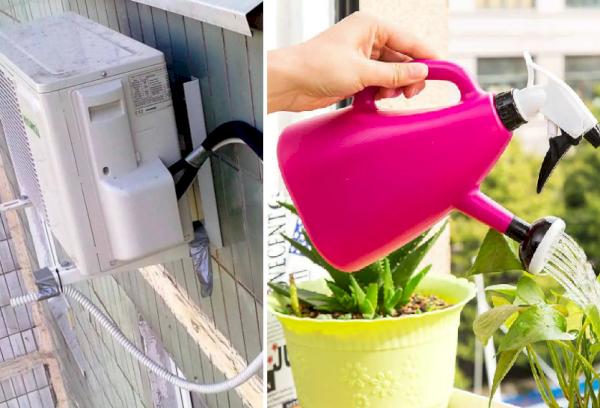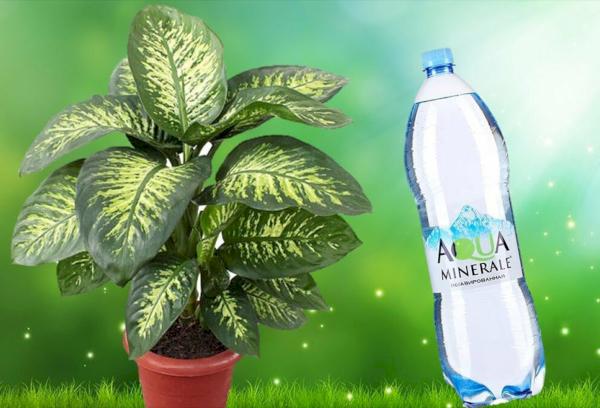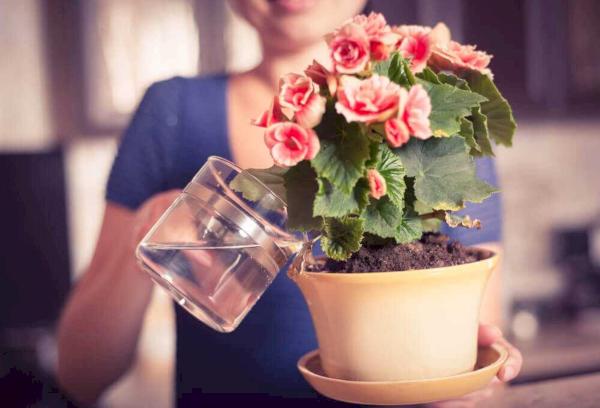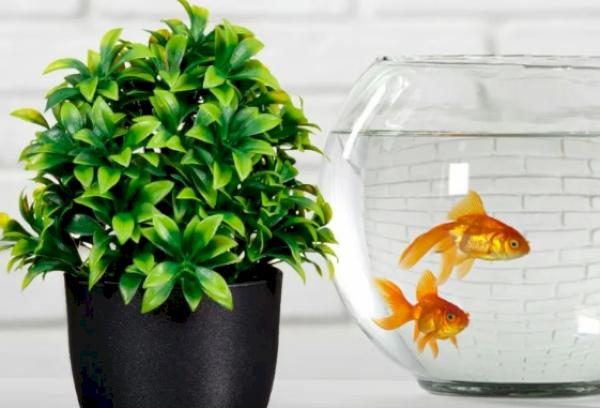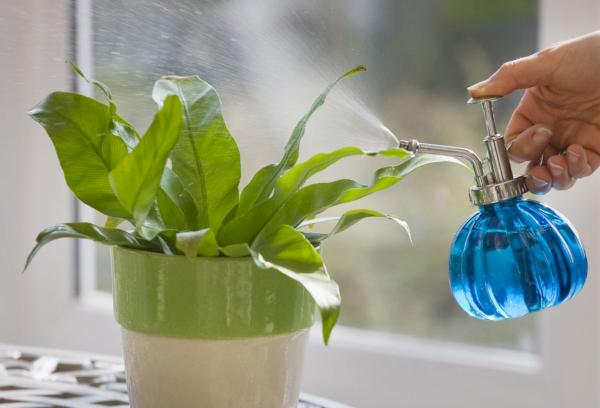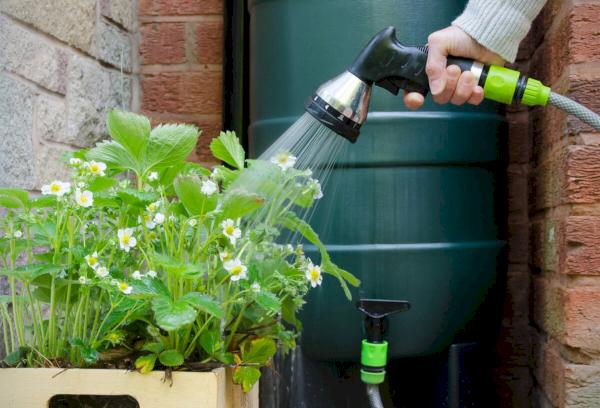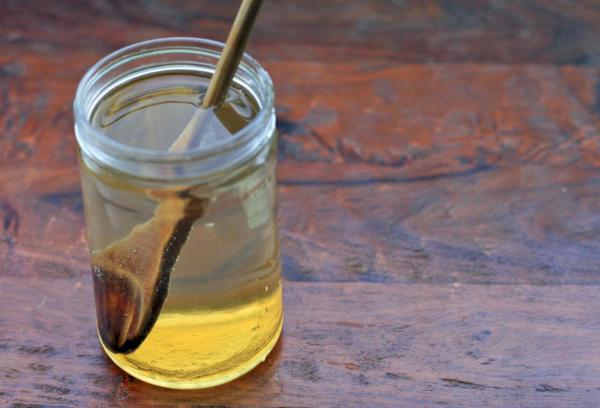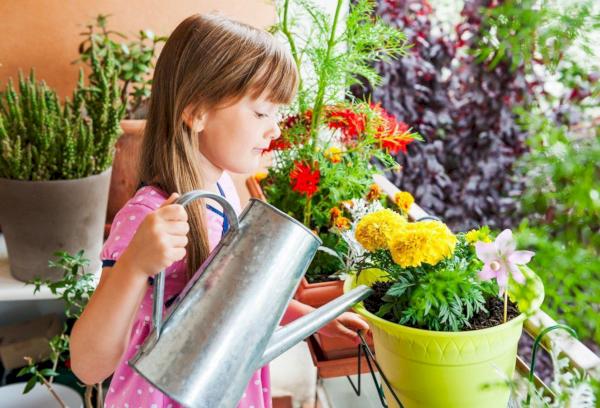What water is suitable for watering indoor flowers and what is not?
Content:
- Is it possible to water flowers with water from an air conditioner?
- Mineral water for irrigation
- What happens if you pour boiled and hot water on it?
- Is it possible to water flowers with water from an aquarium?
- Holy water for irrigation
- Is it possible to water flowers with filtered water?
- How does rainwater affect growth?
- Honey solution - harm or benefit
- Is it possible to water flowers with salt water?
- What to do with a soapy water solution?
With ordinary water for watering plants, everything is clear - it must be at room temperature and be settled. But is it possible to water flowers with water from an air conditioner or an aquarium and use various solutions? In each specific case, the approach must be individual and balanced.
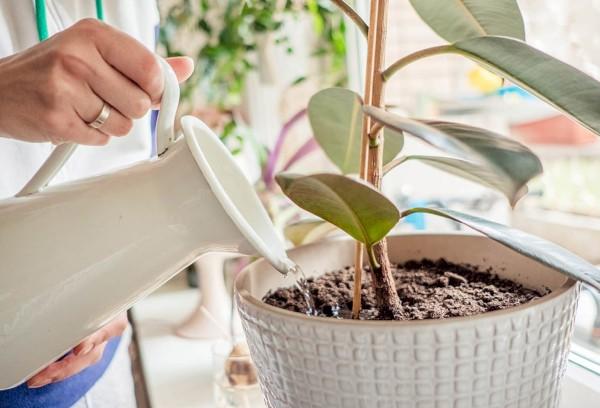
Is it possible to water flowers with water from an air conditioner?
The condensate formed during operation of the air conditioner is distilled water. The distillate is completely devoid of mineral salts, which is even good for some flowers. Such a liquid would be useful for watering epiphytes (the same orchids) and predator plants.
However, in this case, the aquatic environment is filled with fine dust and all kinds of bacteria that have entered it from the air. Purely theoretically, water from expensive air conditioners with good filters may be of higher quality, but the validity of this version can only be confirmed in a laboratory.
Mineral water for irrigation
In the case of mineral water, it all depends on what plants live in the house.If these are epiphytes, cacti and other succulents, such watering is contraindicated for them. Mineral sparkling water contains too many salts, and desert dwellers require poor soil similar to what is available in nature.
For ordinary indoor plants, such as begonias and pelargoniums, such watering is acceptable as a one-time measure. That is, they are not watered with mineral water constantly, but from time to time. Before this, you need to release the gas from the bottle by removing the cap and waiting 10-15 minutes. Carbon dioxide bubbles can damage plant roots, so you need to get rid of them.
Flowers should absolutely not be watered with sweet soda. Plain water with sugar can be used as an infrequent feeding. Apply it once a month. Glucose accelerates photosynthesis, which has a positive effect on plant growth. The fertilizer is suitable for home roses, ficuses, and cacti. Prepare a solution from 1 tbsp. l. sugar per 1 liter of water.
What happens if you pour boiled and hot water on it?
In most Russian cities, the water flowing from the tap has increased hardness. As a result, after watering, plant roots suffer, and the surface of the soil becomes covered with a salt crust over time.
By watering plants with boiled water, you can get rid of the problem factor. It is first left to sit for 2-3 days to saturate it with oxygen. With this method of watering, the soil in pots must be loosened regularly so that air can reach the roots.
Professionals advise using hot water to water plants that do not bloom for a long time or refuse to grow. Actually, it should not even be watering, but a shower. The heating temperature is no more than 38° C, otherwise the flowers will “cook”. What's the trick here?
This procedure will become stressful for the plant and will bring it out of the state of unplanned sleep.At the same time, water jets will wash away pests, if any, from the flower. The shower cannot be used for specimens that have pubescent leaves (violets, begonias).
Is it possible to water flowers with water from an aquarium?
It has been noticed that when watered with aquarium water, indoor plants come to life and begin to actively grow and bloom. The magical effect is easy to explain. Fish, with their secretions, enrich the water with organic matter and at the same time make it soft.
With this type of watering, mineral fertilizers can be applied less frequently or not at all. You just need to take into account that at the time of taking water from the aquarium, there should be no traces of drugs for treating underwater inhabitants and other chemicals in it.
Holy water for irrigation
Believers may want to water flowers with holy water, blessed at Epiphany, for example, if the plants are withering. The Church does not prohibit such use of the shrine. There will definitely be no harm from this.
Opinions differ about the benefits of such an event. You could say it's a matter of faith. Often in this way they use up the holy water left over from last year, pouring it down the drain is considered a sin.
Is it possible to water flowers with filtered water?
There is still debate about whether it is possible to water flowers with filtered water. Some consider it dead, completely devoid of useful substances. Others claim that after passing through the filter, the water becomes cleaner and softer, and its acidity is normalized.
There is only one way out - to test this method of watering in practice. Let the flowers themselves vote for or against filtered water with their appearance. Most gardeners on forums consider this option acceptable for their plants. The lack of mineral elements can always be compensated for by feeding.
How does rainwater affect growth?
Experts consider using rainwater to water plants to be the best choice. It is often equated to melt water. The watering liquid in both cases has a degree of softness that is ideal for indoor flowers.
However, residents of large cities are wary of this possibility due to the large amount of harmful impurities in the air. Experts advise collecting rainwater when it has been raining for several days in a row. In this case, its quality will be higher.
Honey solution - harm or benefit
Gardeners use honey water as a top dressing. A solution with honey is used no more than once every 2 weeks during the active growing season of flowers. To prepare it you will need 1 tbsp. l. honey per 2 liters of water.
The consumption of honey fertilizer depends on the volume of the pot. Honey is a growth stimulant. It contains nutrients and biologically active substances. 2 hours before fertilizing with honey solution, the plants need to be watered.
Is it possible to water flowers with salt water?
Vegetables in the garden are often watered with salt water. For example, onions, to rid it of onion flies. For root vegetables (beets, carrots, radishes), this feeding is useful because it improves their taste.
For indoor plants, salt is more harmful than beneficial. If you regularly use a saline solution, the soil will become salty, and the flowers will begin to experience moisture deficiency, despite watering. The fact is that the roots cannot absorb salt water, unlike ordinary water. At the same time, the metabolism in plant tissues will deteriorate, and the flower will begin to slowly die.
What to do with a soapy water solution?
A soap solution is often used to remove midges.Podurs grow in pots due to excessive watering. The difficulty of dealing with them lies in the fact that the insects lay eggs in the ground. Watering with soapy water helps destroy the eggs and thereby remove the annoying midges.
Sometimes soap is used to reduce the acidity of the soil. Most indoor flowers prefer to grow in soil with a neutral pH. Acidity can be measured using litmus paper. If it exceeds the norm, the flower can be watered with a weak solution of laundry soap containing alkali.
Experiments with indoor plants should be approached wisely. In a small volume of soil, a flower can easily be harmed by rash actions. Before watering the soil in a pot with special water or some kind of solution, you need to evaluate the feasibility of such watering and understand whether the plant needs regular irrigation, growth stimulation or protection from pests.
